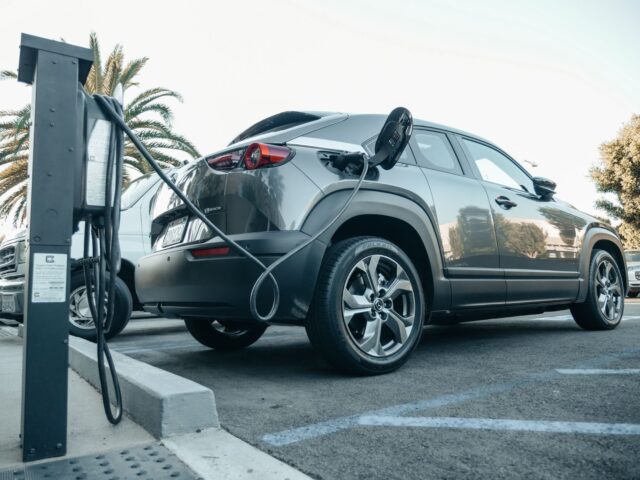Growing discontent among EV drivers is threatening the progress we have made and still have yet to make before 2030’s ban on manufacturing new petrol and diesel cars; but the problem isn’t a lack of chargers, it’s a lack of accessibility – argues Aidan McClean, co-founder and CEO of UFODRIVE.
New data from Which? highlights a growing discontent among drivers of electric vehicles. Almost three-quarters (74%) are not happy with the UK’s charging network, and furthermore:
40% reported that they’ve found chargers that are not working
61% suffering difficulties making payments
84% want to pay by card, rather than by an app
45% estimated that they are at least a 20-minute walk from their nearest charger
Of course, more chargers here would help – and we do need many more, particularly fast chargers. Yet the data points to some more pervasive issues that are harder to tackle. It shows we need a more joined-up and accessible system that is easier to use. Only then can Britain be confident it will be able to take part in the electric future that is so essential to a net zero economy, which in turn, averting the imminent climate crisis.
Transport produced 27% of the UK’s total emissions in 2019, with 91% of this from road transport vehicles. This makes cars one the largest single contributors to carbon emissions, and therefore an essential issue to tackle to meet the UK’s 2050 net zero pledge.
We all need an accessible and user-friendly network
“Unfortunately, I am not surprised,” says Aidan McClean. “We have been concerned about the UK’s charging infrastructure for some time – and not just because we need more fast charging and at-home charging infrastructure. This isn’t a problem you can tackle with more investment alone – it needs sound, confident government policy, which can be followed up by sensible private investment.
“Right now, this just isn’t the case – as it is disjointed and dysfunctional. There are hundreds of different Charge Point Operators (CPOs), and new ones pop up almost weekly. There are different connector types, various payment methods, and multiple different charging apps. Some don’t show all networks, and only some show real-time charger status.
“At the end of the day, this will only impact consumer confidence at a critical time when we need more EVs and more investment. If progress isn’t made quickly, the market progress that has been made so far will stall and impact supply chains, technological innovation, and therefore negatively impact the cost and waiting times for the end-user.”
‘Range anxiety’ should be renamed ‘user experience anxiety’
“Ultimately, all the charging infrastructure in the world won’t matter if you can’t plan, pay, or access it reliably. This is why, despite the hype, EV range is largely irrelevant; what’s known as ‘range anxiety’ should be renamed ‘user experience anxiety’.
“Arriving at a charger that’s behind a locked gate or is out of order or was marked “fast” but has been downgraded to slow for some unknown reason or is being used by a plug-in hybrid, are all legitimate reasons to have concerns about the electric revolution. Whereas concerns solely about range, when range is often above 300km, are not valid for the vast majority of use cases.
“Luckily, ‘user experience anxiety’ is easily fixed. With sound planning and effective policymaking, led by the government and followed by private investment, we can have a network that easily caters to all but the longest of intercontinental journeys and easily works with all models, apps, and cards.
“To encourage people to make the leap to electric, charging should be as simple as, or even simpler than, filling your car with gas. Today this just isn’t the case.”
Share this:




